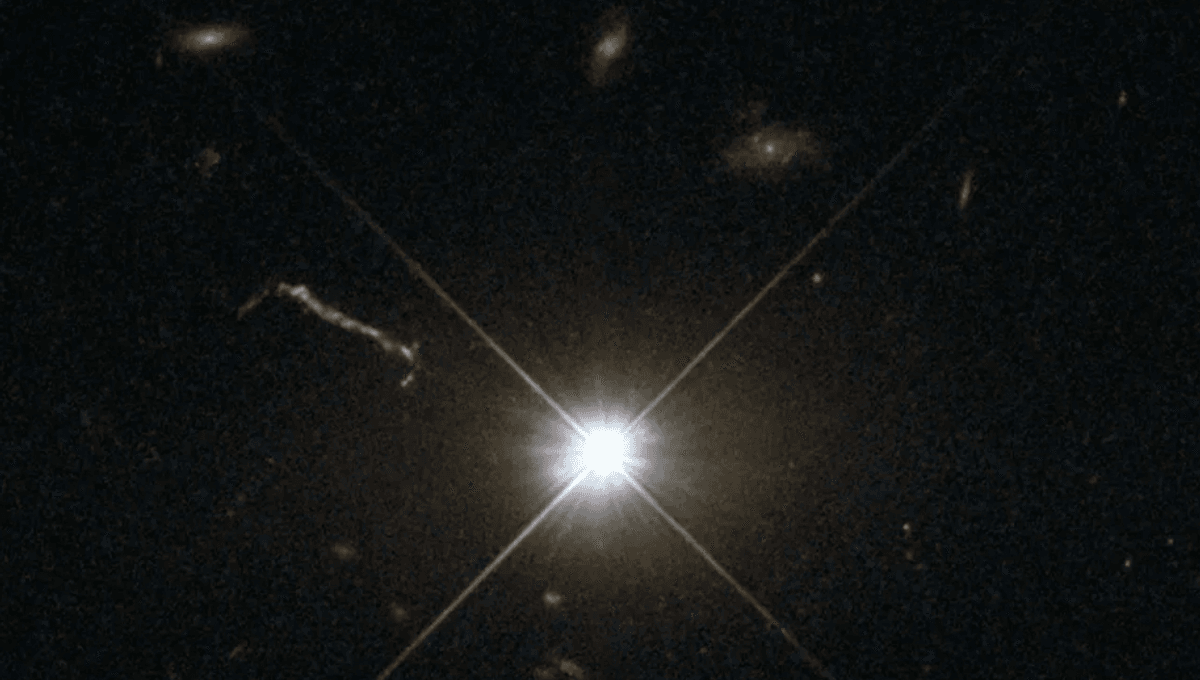
Our quest for the coldest place in the universe – which turned up a distinctive answer if you’re only looking at pure, natural cold – raises an obvious counterpart. As with the coldest, the heaviest object, the fastest object, and the hardest substance, it turns out the answer depends a bit on what you mean by the question.
Whereas the Boomerang Nebula, our answer to the coldest question, has probably held that title for 1,500 years, the answer to the hottest is likely to be in constantly changing flux.
It takes remarkable conditions for something to naturally cool below the background radiation temperature left over from the Big Bang, which is why we didn’t discover an example until 1995. On the other hand, all sorts of astronomical events come with an intense release of heat that quickly dissipates into the space around it.
Supernovae are the most famous example. There is uncertainty as to just how hot they get, because we almost always only see supernova after they have exploded. Nevertheless, a combination of direct observations later in the process, and modeling, leads to estimates of around 100 billion Kelvin (roughly 180 billion °F, or 100 billion °C) even in stars towards the lower mass end of the supernova range.
That’s 6,000 times the temperature at the core of the Sun, so it is fair to say our surrounding environment is thoroughly eclipsed here. Indeed, it takes a temperature of about a billion Kelvin just to initiate a supernova in the first place.
This, however, is just for an ordinary Core Collapse supernova, the kind that doesn’t even make a black hole, leaving a neutron star behind instead. Larger, black hole-forming, events should be hotter still – and while hypernovae release 10-100 times the energy of a typical supernova, kilonovae, when neutron stars collide, have been estimated at 800 billion Kelvin.
But what if there’s not a supernova going off right now? Supernovae are rare in a specific galaxy, averaging about one a century even in larger galaxies like our own. However, the universe is awfully big, so at any given time there is probably a supernova exploding, or one has recently enough it has had little chance to cool. Hyper and kilo nova are a lot rarer.
Nevertheless, some people asking the question might be looking for a more permanent location. Anything releasing that much heat is probably going to be pretty unstable, but it turns out there is at least one environment that can remain almost unimaginably hot on a sustained basis: the active galactic nuclei around supermassive black holes.
As material falls into a black hole it heats up and releases energy in the form of electromagnetic radiation. In some cases, this causes the formation of quasars that are so hot and bright that the few light-years around the central black hole can release thousands of times as much light as the Milky Way, allowing us to see them almost back to the dawn of time.
According to a 2016 study of the quasar 3C273, the plasma around the black hole has a temperature of around 10 trillion Kelvin (roughly 18 trillion °F, or 10 trillion °C). Not only has this probably got any hypernova beat, but although it varies a bit it’s been broadly sustained since this was the first quasar we found, and probably for tens of thousands of years earlier. Although there may be even hotter quasars out there, it’s unlikely there are many. Despite being 2.4 billion light-years away, 3C273 is a particularly bright quasar visible in backyard telescopes.
Where humanity has managed to get millions of times closer to absolute zero than any natural phenomena we know, beating nature at heat-making is a lot harder. Nevertheless, a decade ago CERN set the record for artificial temperatures making a quark-gluon soup thought to replicate conditions soon after the Big Bang. That was announced as a record at 5.5 trillion Kelvin (roughly 9.9 trillion °F, or 5.5 trillion °C). That’s at least in the right ballpark for a powerful quasar.
However, the volume of particles being smashed together as CERN did this was so tiny that many people may dispute the inside of the Large Hadron Collider counts as a “place”, and it’s also not something we can sustain for long.
Whether in the heart of a quasar or in a particle smasher, nothing today comes close to the heat soon after the Big Bang. This is thought to have got within a few orders of magnitude of the Planck Temperature, a sort of cosmic ceiling on possible heat calculated as 1.41 x 1032 Kelvin, ie about 10 billion, billion times hotter than 3C273.
Source Link: What Is The Hottest Place In The Universe?